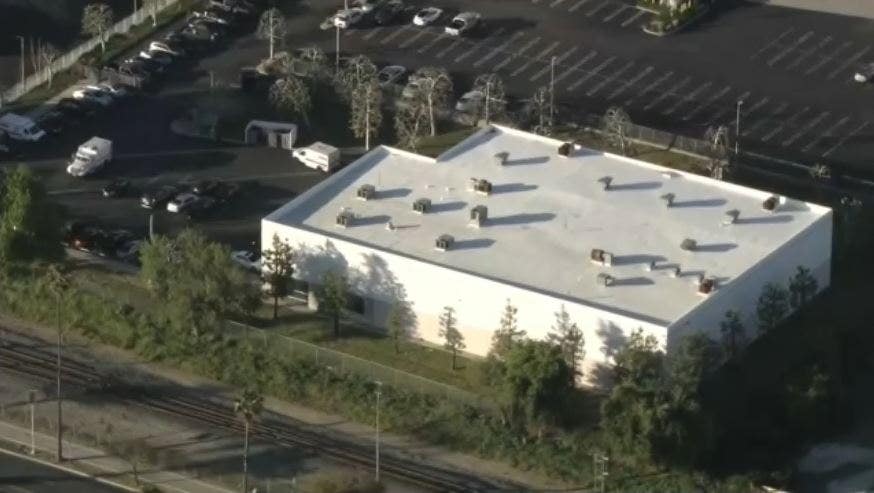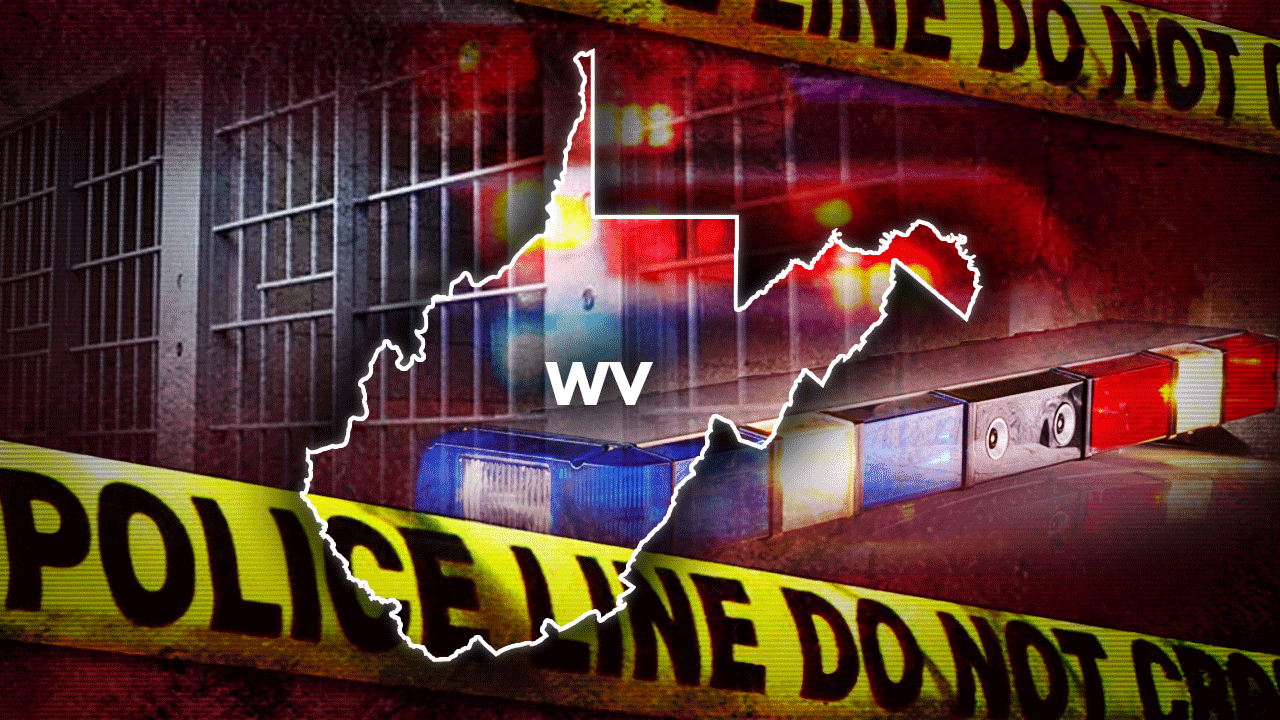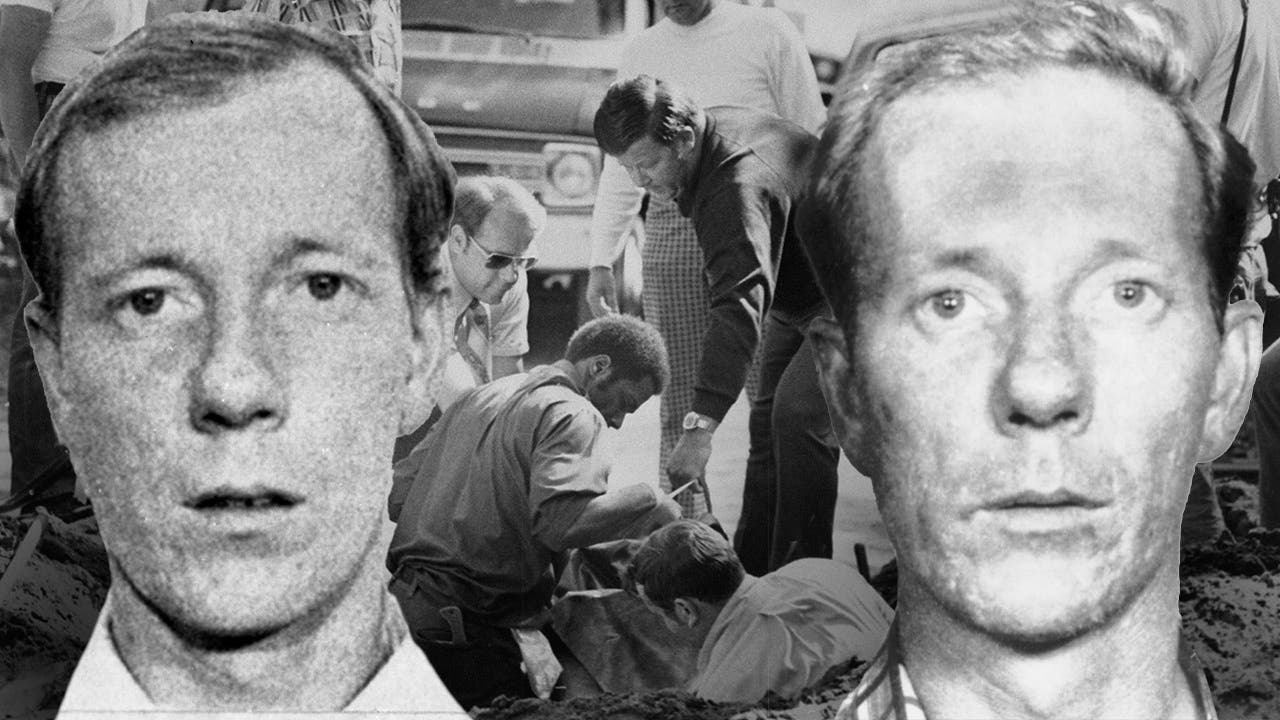President Donald J. Trump had just delivered his fiery speech at the Ellipse early on the afternoon of Jan. 6, 2021, setting in motion the attack by his supporters on the Capitol.
When he got into his armored vehicle after the speech, Mr. Trump immediately brought up a topic he often broached after his public appearances: How big was the crowd?
But within 30 seconds, his conversation with his lead Secret Service agent took a more contentious turn, according to a transcript released on Monday of an interview by House investigators of another Secret Service agent who was driving the car. Mr. Trump wanted to go to the Capitol, but his lead agent, Robert Engel, said no, telling him there was no plan in place.
“The president was insistent on going to the Capitol,” recounted the driver, whose name was not disclosed. “It was clear to me he wanted to go to the Capitol. He was not screaming at Mr. Engel. He was not screaming at me. Certainly his voice was raised, but it did not seem to me that he was irate — certainly not, certainly didn’t seem as irritated or agitated as he had on the way to the Ellipse.”
But, the driver said, Mr. Trump never lunged for the steering wheel or physically accosted the agents, contradicting the most sensational and hotly disputed elements of testimony given to the House Jan. 6 committee by a White House aide. The transcript of the driver is the first extensive eyewitness account of what happened in the armored vehicle to be made public.
“I did not see him reach,” the Secret Service driver told investigators for the House panel. “He never grabbed the steering wheel. I didn’t see him, you know, lunge to try to get into the front seat at all. You know, what stood out was the irritation in his voice, more than his physical presence.”
The driver’s transcript adds detail to one of the most scrutinized episodes of Jan. 6, 2021. The transcript was never released publicly by the House Jan. 6 committee, which entered into an agreement with the Secret Service regarding 12 interviews to avoid disclosing “privacy information, for-official-use-only information, intelligence and law enforcement sensitive records and raw intelligence information.”
Republicans have suggested that the panel did not release the transcript because it contradicts portions of a public account of the incident from a prominent witness, Cassidy Hutchinson, who served as an aide to Mark Meadows, the White House chief of staff at the time. Ms. Hutchinson testified in June 2022 that she had heard about what happened from others second- or thirdhand. Republicans have faulted the panel’s decision to promote her account of Mr. Trump’s behavior in the vehicle.
A letter from Jonathan E. Meyer, the general counsel for the Department of Homeland Security, provided a reason that the driver’s transcript had not been released. The House committee requested that the department review the transcripts for sensitive information that should be protected from disclosure so that the remainder could become “part of the historical record.”
More than a year after the driver was interviewed in November 2022, the agency was still reviewing the transcripts, Mr. Meyer wrote to House Republicans in February. He said the agency determined it could release redacted versions of six interviews, including the driver’s, to Republicans who are investigating the committee’s work while looking for irregularities or signs of bias.
The Republicans planned to release a copy of their report into the committee’s work on Monday afternoon.
“This firsthand testimony directly contradicts Cassidy Hutchinson’s story and the former J6 select committee’s narrative,” said Representative Barry Loudermilk, the Georgia Republican who has been leading the House G.O.P. effort to investigate the work of the Jan. 6 committee for bias. “Although the select committee had this critical information, they still promoted Ms. Hutchinson’s thirdhand version of events in their final report.”
Former aides to the select committee counter that the panel’s final report included details of interviews with the driver and that there was no cover-up. The final report also makes reference to the testimony of Mr. Engel, even though neither transcript was released at the time.
“Engel did not characterize the exchange in the vehicle the way Hutchinson described the account she heard from Ornato, and indicated that he did not recall President Trump gesturing toward him,” the Jan. 6 committee’s report stated, referring to Anthony M. Ornato, the White House deputy chief of staff and an active Secret Service agent whom Ms. Hutchinson cited as one source of the story she relayed.
The panel’s report added, “The driver testified that he did not recall seeing what President Trump was doing and did not recall whether there was movement.”
“It is difficult to fully reconcile the accounts of several of the witnesses who provided information with what we heard from Engel and Ornato,” the report concluded. “But the principal factual point here is clear and undisputed: President Trump specifically and repeatedly requested to be taken to the Capitol. He was insistent and angry, and continued to push to travel to the Capitol even after returning to the White House.”
The driver’s transcript is the most detailed firsthand account so far of how Mr. Trump behaved inside his presidential motorcade that day, traveling the short distance from the White House to the Ellipse.
Mr. Trump had already begun the morning in a “pretty agitated, pretty irritated” mood on his way to the Ellipse, the driver testified. The president’s voice contained a “tinge of anger” as he spoke with Mr. Engel, who rode with him in the vehicle.
The driver said Mr. Trump was angry at Vice President Mike Pence, who had been resisting Mr. Trump’s efforts to block congressional certification that day of Joseph R. Biden Jr.’s Electoral College victory.
“I don’t remember exactly how he phrased it, but my recollection is that he was upset that the vice president was unwilling to not certify the Electoral College,” the driver testified.
After the speech, in which Mr. Trump repeated his baseless claims of election fraud, assailed Mr. Pence and fired up the crowd of his supporters, he got back in the armored S.U.V. and started demanding to go to the Capitol along with the crowd to protest the congressional certification.
“Probably within 30 seconds or so, if not less than that of getting in the car, after asking about crowd sizes,” the driver testified. He added that crowd sizes were a constant source of interest for Mr. Trump: “That was pretty typical of that president.”
Mr. Trump, he said, appeared unconvinced that an unplanned trip posed a security threat, given that the crowd at the Capitol would be his supporters.
“I don’t remember exactly what prompted it or how that portion of the conversation kind of grew organically, but he was pushing pretty hard to go,” the agent testified. He added, “The thing that sticks out most was he kept asking why we couldn’t go, why we couldn’t go, and that he wasn’t concerned about the people that were there or referenced them being Trump people or Trump supporters.”
At some point during the trip to the Ellipse or on the way back, the driver testified, Mr. Trump and Mr. Engel discussed why people in the crowd were being kept back from the speech site, with Mr. Engel telling the president that they had “prohibited items of some sort.”
Mr. Trump’s behavior in the motorcade was highlighted in Ms. Hutchinson’s blockbuster testimony. She said she had been told by Mr. Ornato that Mr. Trump tried to grab the wheel of his vehicle when he was told he could not go to the Capitol to join his supporters, some of whom he had been told were armed. Ms. Hutchinson also said Mr. Ornato told her the president “lunged” at Mr. Engel.
Secret Service officials have long disputed portions of that account. Agency officials have said Mr. Engel, Mr. Ornato and the driver of the Suburban could confirm that Mr. Trump demanded his agents take him to the Capitol, even after they emphasized that it was too dangerous for him to go.
Still, the driver said he had not anticipated violence at the Capitol and was taken aback by what he saw.
“What happened at the Capitol was mind-bogglingly bad and appalling,” he said. “At that point, it was clear what was happening in the city and at the Capitol, and it was just — defies expectation in a civilized society.”






